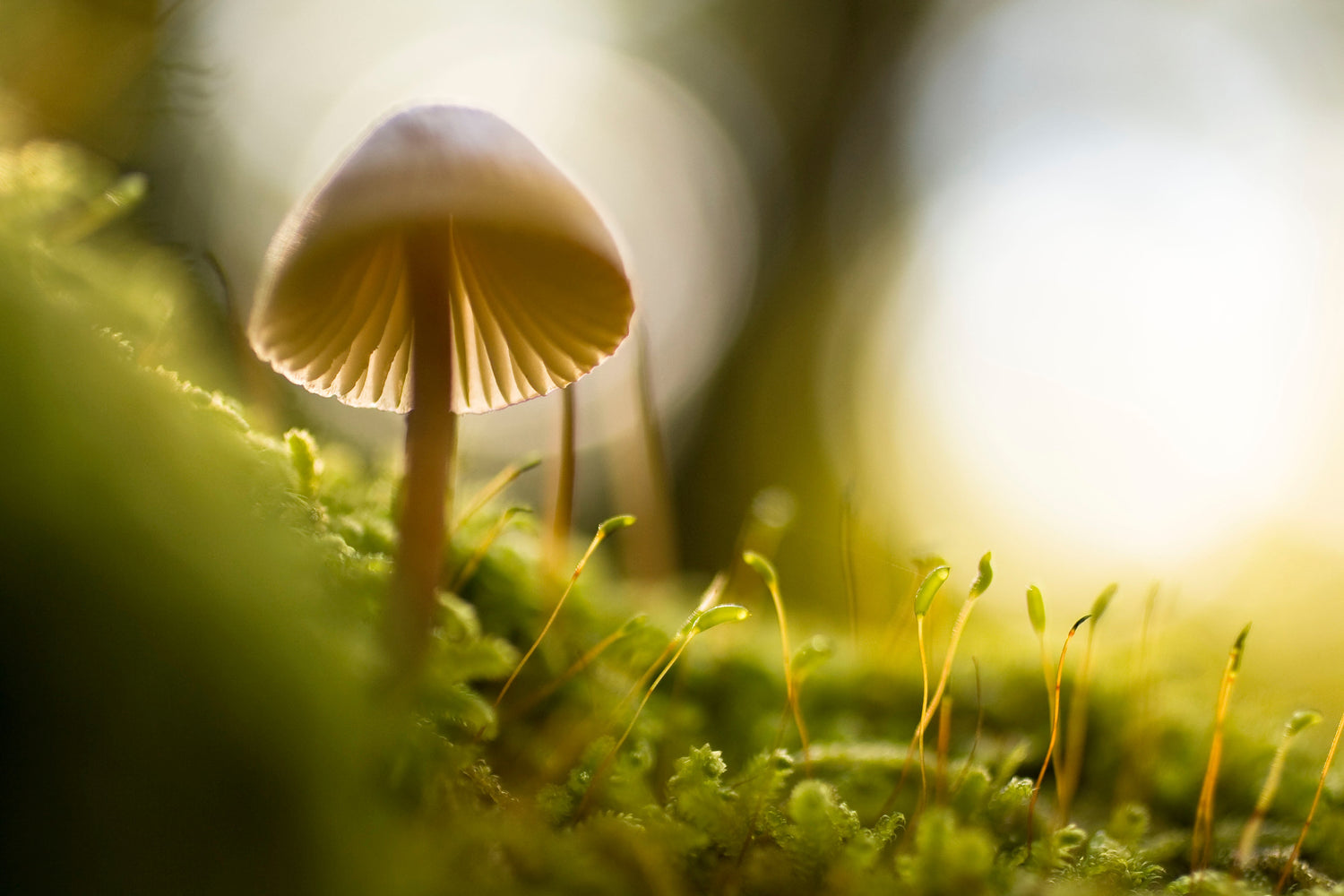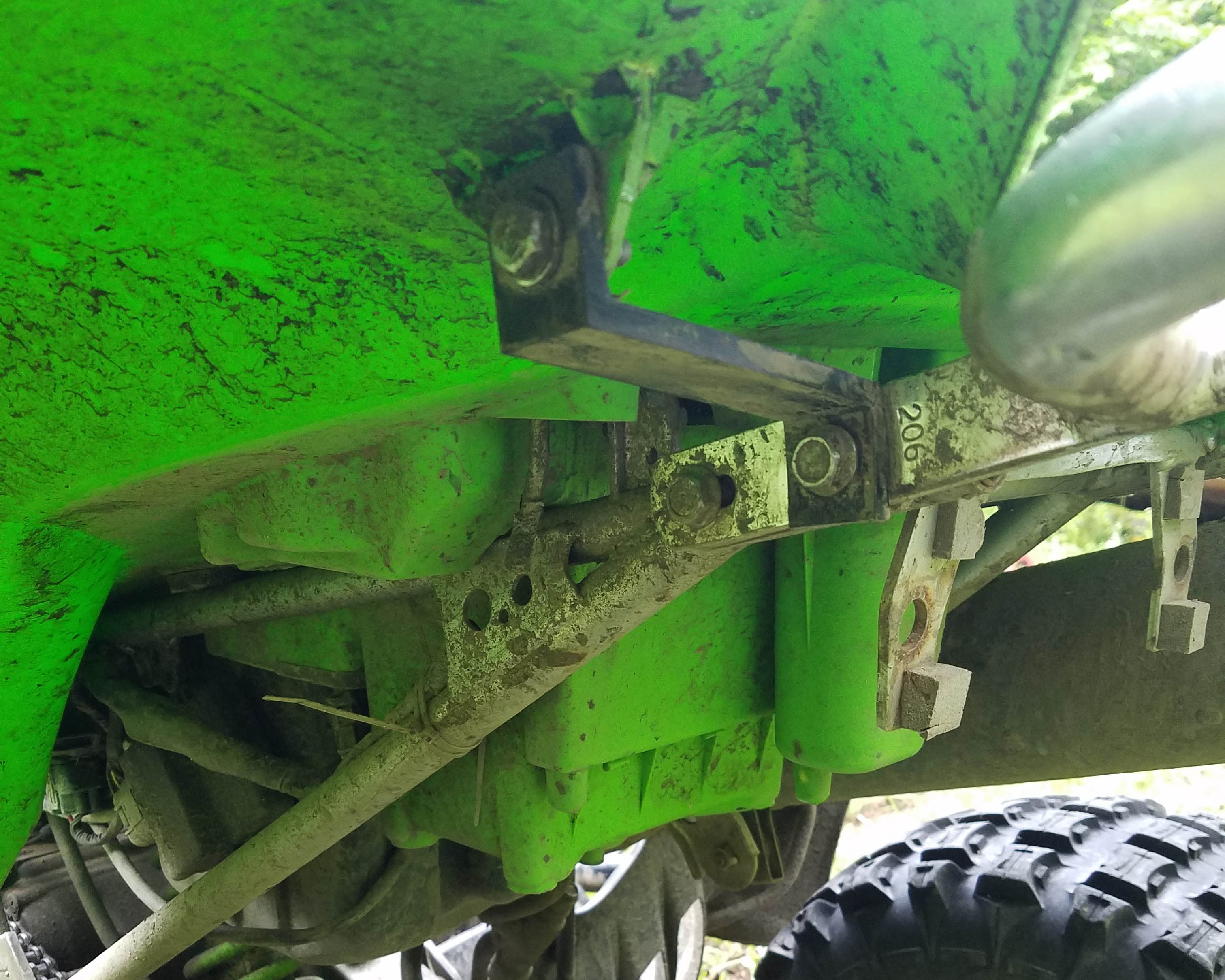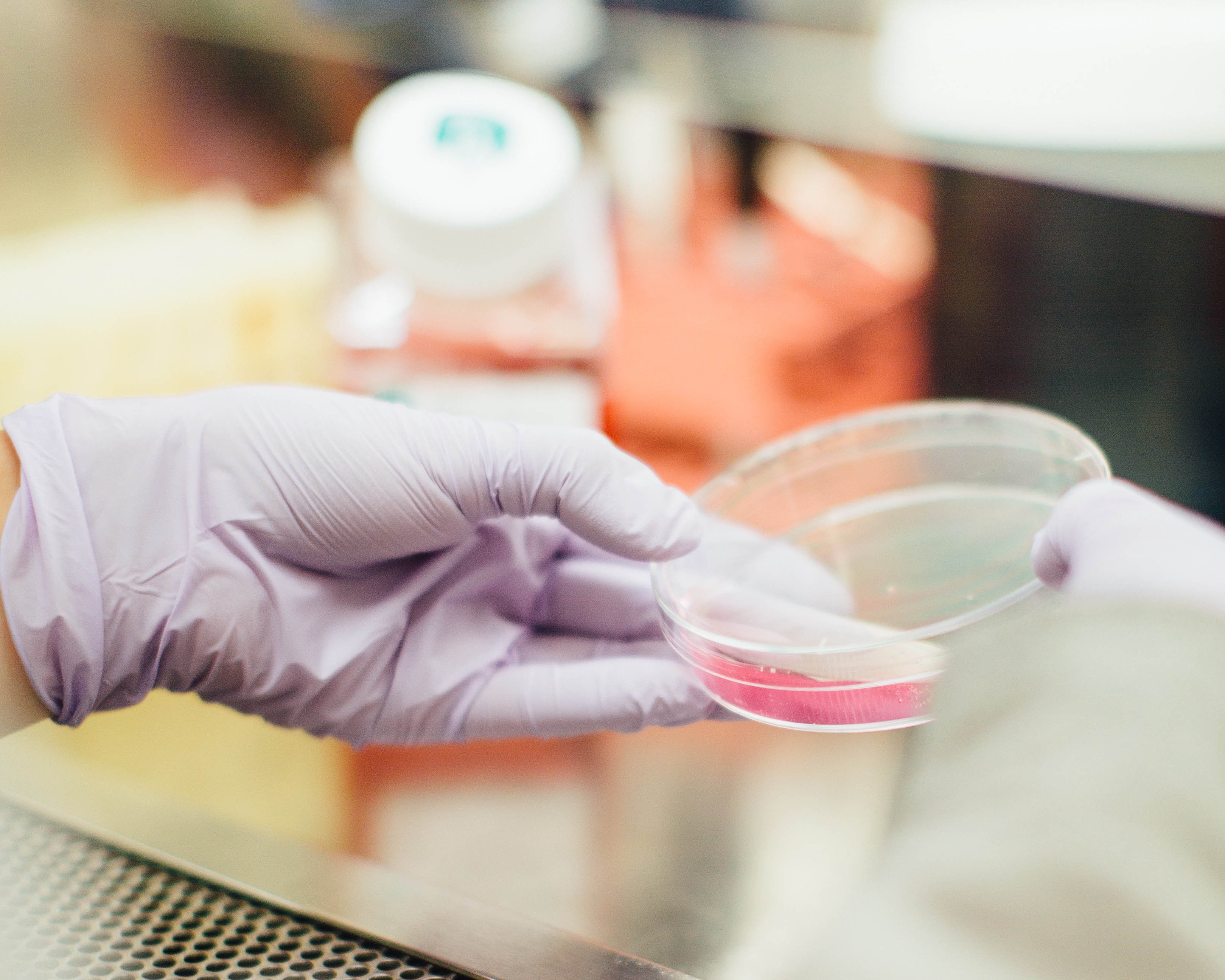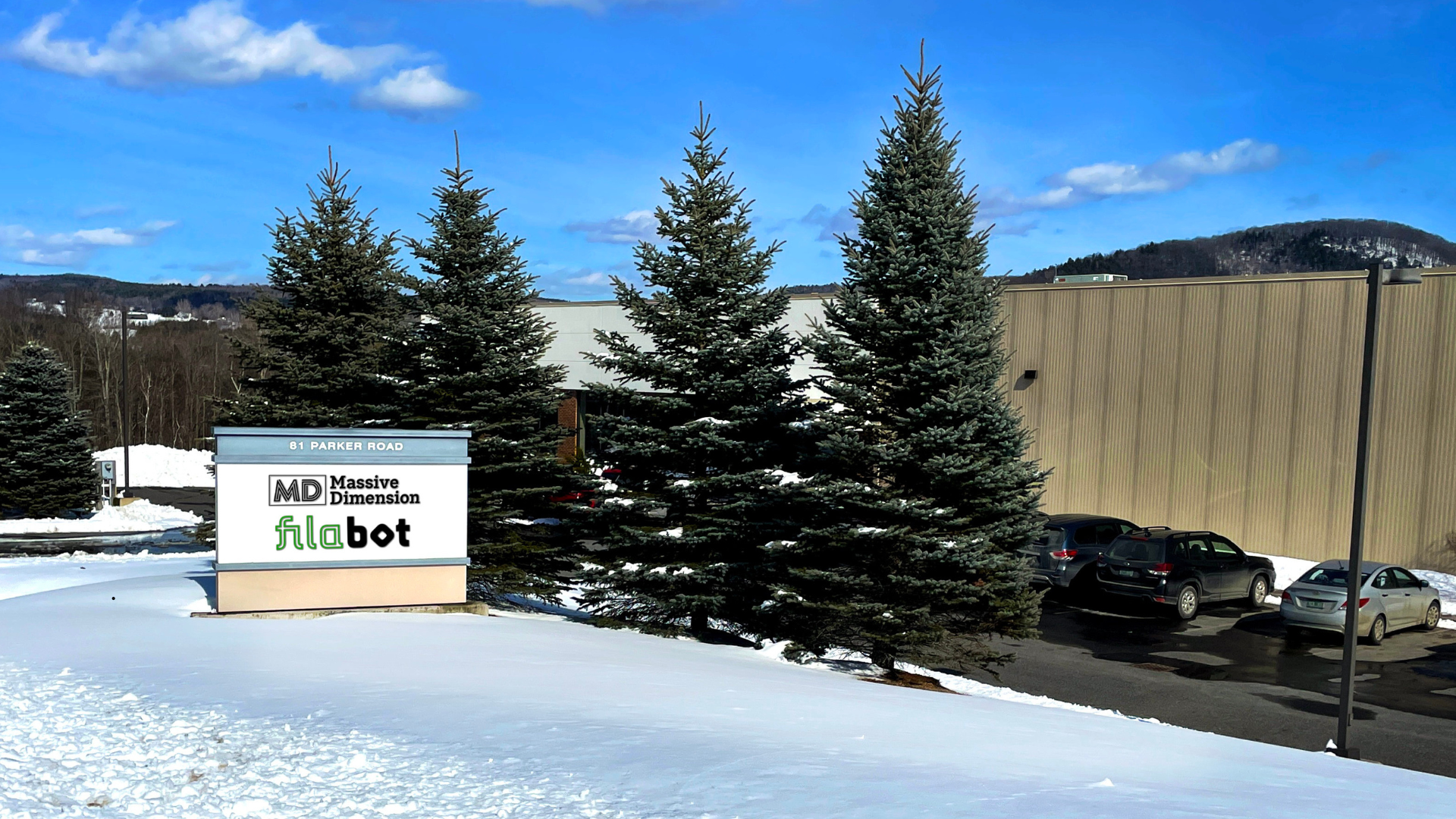If you’ve been following along, here at Filabot we’ve been reading Cradle to Cradle, a book by William McDonough & Michael Braungart about remaking the way we make things. It’s a book about intentional design, about the principles and possibilities of new streams of materials for the sake of protecting our planet. It’s pretty neat, the authors want to completely eliminate the idea of “waste,” to pull one from Mother Nature’s playbook and reuse everything, intentionally, with purpose, to nourish and positively contribute to life on Earth instead of pollute.
Our first post covered how the book itself is made from different recycled materials, that it is not a tree. This in itself attempts to prove what this book is all about, and though it isn’t entirely designed for a second life, endlessly upcycled, it comes pretty darn close.
Today I want to start with this paragraph:
[For some environmentalists] the goal is zero: zero waste, zero emissions, zero “ecological footprint.”
As long as human beings are regarded as “bad,” zero is a good goal. But to be less bad is to accept things as they are, to believe that poorly designed, dishonorable, destructive systems are the best humans can do. This is the ultimate failure of the “be less bad” approach: a failure of imagination. From our perspective, this is a depressing vision of our species’ role in the world.
What about an entirely different model? What would it mean to be 100 percent good?

Whoa, yeah, a bit heady. What does it mean to be good? To design not with detachment, but with the intention to produce and be a part of a larger picture that promotes good for the rest of life, the people on this planet, and the coming generations yet to be born?
You might think this is heavy stuff for a company that extrudes plastic. But these kinds of questions weigh on us all the time. We at Filabot aren’t 100 percent good. There’s no way. But what drives us to improve, remake, and push ourselves each day is knowing that there are problems with the way we conduct ourselves in this “disposable” culture. We all know that this disposable, throw away, polluting behavior is doing harm, and we have a responsibility to address this harm. The Filabot achieves some good, but we’ve got more places to go and we’re glad you’re along for the ride.
Cradle to Cradle calls for a new paradigm in design, a new way to figure waste and materials so they become endlessly positive and ever reusable. Currently, plastics and water bottles and all that is “recycled” isn’t designed for recycling, isn’t intentionally created for reuse. Our recycled materials are “awkward afterthoughts” that we deal with in a myriad of different ways to be “less bad.”
If things were designed with intentional recycling in mind, we’d be out of business at Filabot. And while we like what we do at Filabot, we’d certainly be okay with that.
A distinction that the authors make throughout the book is difference between effectiveness and efficiency.
The key is not to make human industries and systems smaller, as efficiency advocates propound, but to design them to get bigger and better in a way that replenishes, restores, and nourishes the rest of the world. Thus the “right things” for manufacturers and industrialists to do are those that lead to good growth- more niches, health, nourishment, diversity, intelligence, and abundance- for this generation of inhabitants on the planet and for generations to come.
It sounds utopian and to some degree it is. Making sure everything, from handbags to headbands, nourishes the Earth might seem silly and in a sense impossible. And while tons of work and thinking needs to take place for a new paradigm of design and materials to come to fruition, we need to start making these changes if we’re at all serious about the very real and serious threat of climate change and oceanic pollution.
Luckily, there is a way to think about what we can do and how we can start eliminating the concept of “waste.” Like I mentioned before, Nature doesn’t operate with the idea of waste. Everything is a part of a connected system of nutrients and metabolisms. The fruit falls from the tree and still feeds the earth, decomposes, and reintegrates into the biotic community in a way that is so beautiful that one of my ecologist friends is occasionally brought to tears when we chat about decomposition.
Material flows can be divided into categories: biological mass and industrial mass. And while they’re both intrinsically related, each respectively corresponds to the biosphere and the technosphere, the sphere of industrialized, processed materials, factories, and machines.

“Waste" equals food.
The idea is that materials in both masses are nourishing. Biological mass can be separated from the bottoms of coffee cups, and coffee cups themselves can biodegrade and become food for the biological cycles of nature. While plastic lids, intentionally designed sneakers, etc. could become a part of the technical cycle of materials, endlessly circulated in a closed-loop system to become “nutrients” for industry.
Right now at filabot, we’re trying to become a part of that technical cycle. We’re getting there. Recycling and turning plastics back into usable materials, being able to reuse failed prints, and putting that technology in the hands of makers all over the world is part of this paradigm shift with materials and design.
Still, there is energy used, raw materials extracted and so many parts that go into the Filabot. It isn’t designed or meant to be recycled itself as a product. That would mean disassembly, a streamlining of materials and much more cost per product. We’re working on that, but the going is slow and so much more work is to be done.
What is important is that we keep these ideals in mind as we move forward, especially as a community of makers and doers. We in the 3D printing community are at the cutting edge of what is possible, of what can and cannot be done. It is important that we all encourage each other to make with intention in order to not be “less bad” but good.
What that “good” is is hard to define. And each of us has different ideas about what “good” is. I promise, we’re not going to get into philosophy and ethics right just yet. But it is important to keep having ideas, pushing limits, and questioning what kind of paradigms we use on a daily basis to live life here on Earth.
Thanks for reading. Stay tuned for more about Cradle to Cradle and how successful we are at extruding this book into filament using the Filabot EX2!
Best,
The Filabot Team




